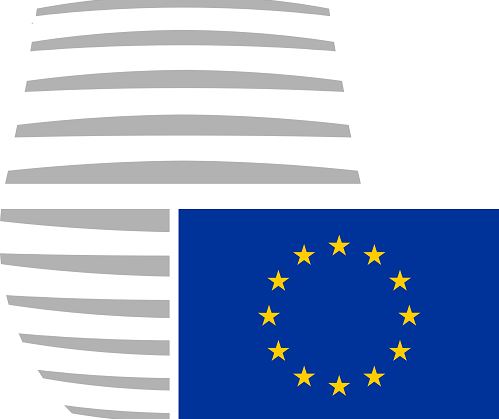
The European Parliament has approved a report compiled by MEP Yana Toom (Centre/ALDE) concerning transparency of the Council of the European Union's work, News.ERR reports.
"The work of the European Parliament is completely transparent," said Yana Toom, who has been working with German MEP Jo Leinen (Social Democratic Party/PES) according to a press release.
"But the Council of the EU behaves as though they were electing a pope ‒ ministers gather behind closed doors and everybody else waits for the white smoke from the chimney. We do not know the standpoints of individual countries or the course of negotiations, not even the agenda. As a result of that, a situation develops where a minister, having come back home, announces that the fought like a lion against an unpopular directive, but we will never know whether they are telling the truth or not," Ms Toom went on.
The Council of the EU is one half of the EU legislature, together with the 751-member Eurropean Parliament. Together they make the bulk of EU law – Directives, Regulations and Decisions, under the guidance of another body the European Commission.
The European Commission is effectively the executive arm of the EU and is headed by Jean-Claude Juncker. The Council of the EU is headed by Donald Tusk, and consists of representatives of the governments of member states.
Seven main EU bodies
None of the three bodies should be confused with the European Council, which comprises the heads of state of member states along with Mr Juncker and Mr Tusk, and defines the European Union's overall political direction and priorities.
Yet another body, the Council of Europe, is separate from, and predates the EU or its antecedents, having been set up in 1949 and comprising a far greater number of member states (including the Russian Federation). The Council of Europe also has its own parliamentary assembly, the PACE. The European Court of Human Rights (ECHR) falls under its aegis and again predates the EU or its forerunners.
Very crudely put, think of the European Parliament and the Council of the EU as something like a bicameral parliament such as the House of Commons and the House of Lords in the UK, with the European Commission cf. the government, eg. the Stenbock House in Estonia, and the Council of Europe, cf. Europe's UN.
The three other main EU bodies are made up of the judiciary bodies, the European Court of Justice (ECJ) and the European Court of Auditors, plus the European Central Bank.
European Ombudsman Emily O'Reilly of Ireland has on multiple occasions called for members of the Council of the EU to keep in mind that they are the same kind of democratic organisation as the European Parliament, but has had no success so far, spokespersons for Yana Toom claimed in the press release.
"Finally, Emily asked for the support of the parliament, and Jo Leinen and I had the honor of preparing the report approved today. I hope that we can put an end to the conspiracy of silence in making EU decisions. Every European has the right to know what their minister or this or that country said in the Council of the EU and what they were afraid to bring up," Toom said.
Altogether 479 MEPs voted in favor of the report drawn up by Ms Toom and Mr Leinen, 18 MEPs were opposed and 81 abstained.
Estonia held the rotating Presidency of the Council of the EU during the latter half of 2017.